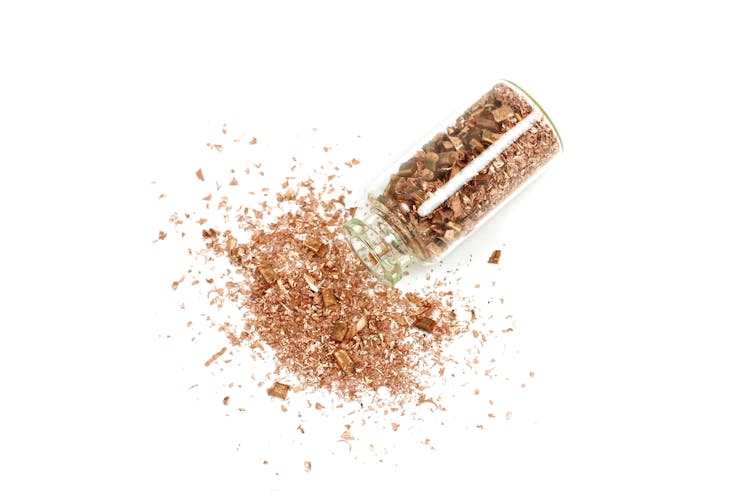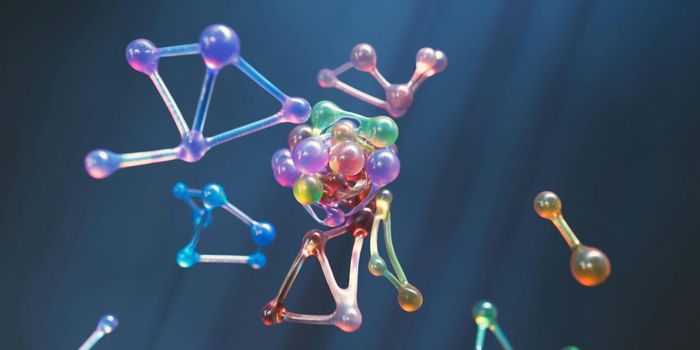'Copper Antibiotic Peptide' Effective in Eradicating Tuberculosis

The bacterium responsible for Tuberculosis has found a way to avoid antibiotics by hiding inside the macrophages which are the specific immune cells that are supposed to kill them, making treatment a challenge. However, a recent study published in ACS Infectious Diseases report a new antibiotic that can find and kill the tuberculosis bacteria exactly where they hide.
As the number one cause of death in infectious diseases worldwide, Tuberculosis infects about 25 percent of the people on the planet with most of these infections staying dormant. However, 1 in 10 infections do become active which is a fatality if left untreated.
Tuberculosis is a result of the bacterium Mycobacterium tuberculosis. Those infected with the bacterium often take a cocktail of antibiotics over the course of months in order to treat the resistant characteristics of the mycobacterium. Now, chemists at the University of Connecticut (UConn) along with colleagues from the Indian Institute of Science, the Max Planck Institute, and MIT, worked on an antibiotic that could make its way into the macrophages in order to target the Mycobacterium.
The UConn chemist Alfredo Angeles-Boza and then-graduate student, Daben Libardo, previously worked on an antibiotic derived from fish, sea squirts, and other sea creatures. These sea creatures, at least most of them, produce antibiotic peptides which are small pieces of protein-like material that are associated with an electrical charge. Copper, for example, possess the electrical charge ability that can become violent by ripping electrons away from some molecules like oxygen-containing molecules. Fortunately, since Mycobacteria contains oxygen it will be attacked by copper antibiotic peptide—completely eradicating it.

Surprisingly, human macrophages actually contain their very own copper that, when infected with Mycobacteria, will attack—however, they do so in a less sophisticated way. More specifically, the macrophage will enclose bacteria in a bubble and then inject copper +1 ions – which are plain copper atoms with a plus one charge (Cu+) – inside the bubble. However, the bubble method is no threat to the Mycobacterium and can handle it.
But, using the copper antibiotic peptide into smaller bubbles, the mycobacteria cannot withstand because the copper is close to the bacterium as opposed to being farther in the human macrophage bubble method.
The researchers hope to use this study and build on the chemistry to effectively make smaller molecules that can be packaged inside pills and taken like more typical antibiotics.
Source: Science Daily









